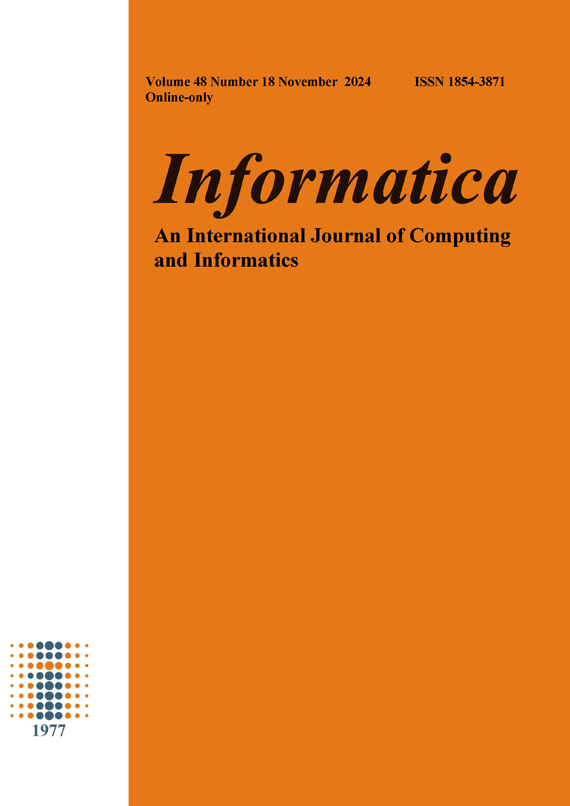Dynamic Analysis of Ecological Efficiency in Urban Tourism Industry Based on Dea-malmquist Model
DOI:
https://doi.org/10.31449/inf.v48i18.6172Abstract
The development of urban tourism has to some extent driven urban economic growth. However, it involves multiple industries such as transportation, accommodation, entertainment, and catering, which can generate significant carbon emissions. To promote the tourism economy and environment's coordinated development, tourism ecological efficiency is proposed, and its measurement methods have also attracted attention. Therefore, a city tourism ecological efficiency measurement model based on tourism carbon emissions and DEA-Malmquist was proposed to improve the accuracy of measuring tourism ecological efficiency. This study first constructed a mixed model of least absolute shrinkage and selection operator-genetic algorithm-support vector regression to measure the carbon emissions of urban tourism industry. Subsequently, a DEA-Malmquist measurement means was constructed to evaluate the urban tourism's ecological efficiency. The relative error and absolute error of the proposed intelligent model were 2.005% and 2.005%, respectively, which were significantly better than the comparison models. The average carbon emission from leisure vacation activities, sightseeing, business trips, and visiting relatives and friends was 171100, 126700, 72300, and 61200 tons. The overall tourism ecological efficiency of this province showed a fluctuating trend. The technical efficiency decreased from its highest point of 0.774 in 2019 to its lowest point of 0.706 in 2020, and then gradually rebounded to 0.759 in 2023. Therefore, this proposed method can effectively measure the carbon emissions and tourism ecological efficiency of cities. It has practical operability and can provide an effective path for promoting tourism economy and ecological environment's balanced development.Downloads
Published
Issue
Section
License
I assign to Informatica, An International Journal of Computing and Informatics ("Journal") the copyright in the manuscript identified above and any additional material (figures, tables, illustrations, software or other information intended for publication) submitted as part of or as a supplement to the manuscript ("Paper") in all forms and media throughout the world, in all languages, for the full term of copyright, effective when and if the article is accepted for publication. This transfer includes the right to reproduce and/or to distribute the Paper to other journals or digital libraries in electronic and online forms and systems.
I understand that I retain the rights to use the pre-prints, off-prints, accepted manuscript and published journal Paper for personal use, scholarly purposes and internal institutional use.
In certain cases, I can ask for retaining the publishing rights of the Paper. The Journal can permit or deny the request for publishing rights, to which I fully agree.
I declare that the submitted Paper is original, has been written by the stated authors and has not been published elsewhere nor is currently being considered for publication by any other journal and will not be submitted for such review while under review by this Journal. The Paper contains no material that violates proprietary rights of any other person or entity. I have obtained written permission from copyright owners for any excerpts from copyrighted works that are included and have credited the sources in my article. I have informed the co-author(s) of the terms of this publishing agreement.
Copyright © Slovenian Society Informatika








